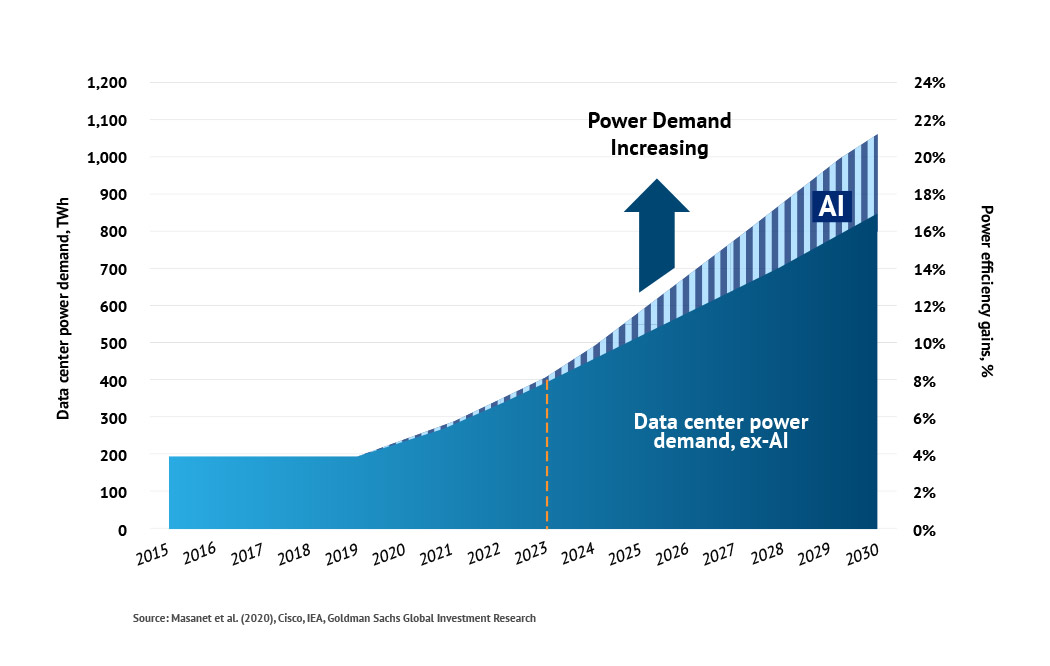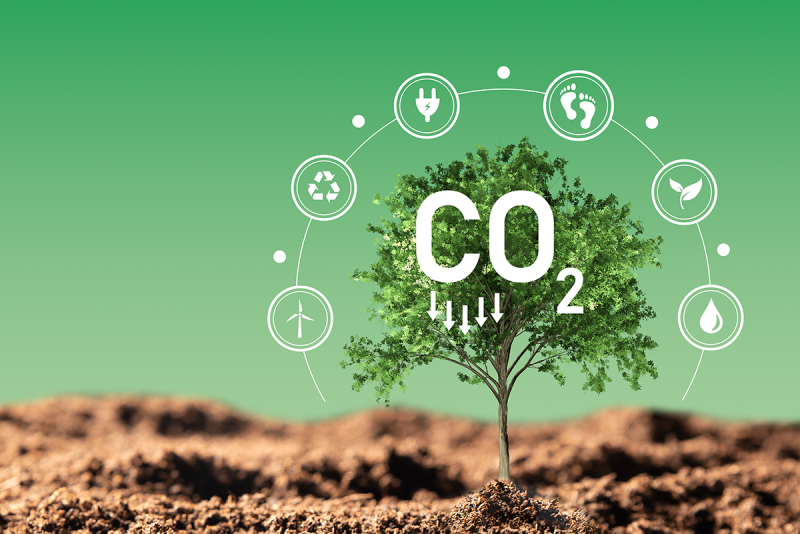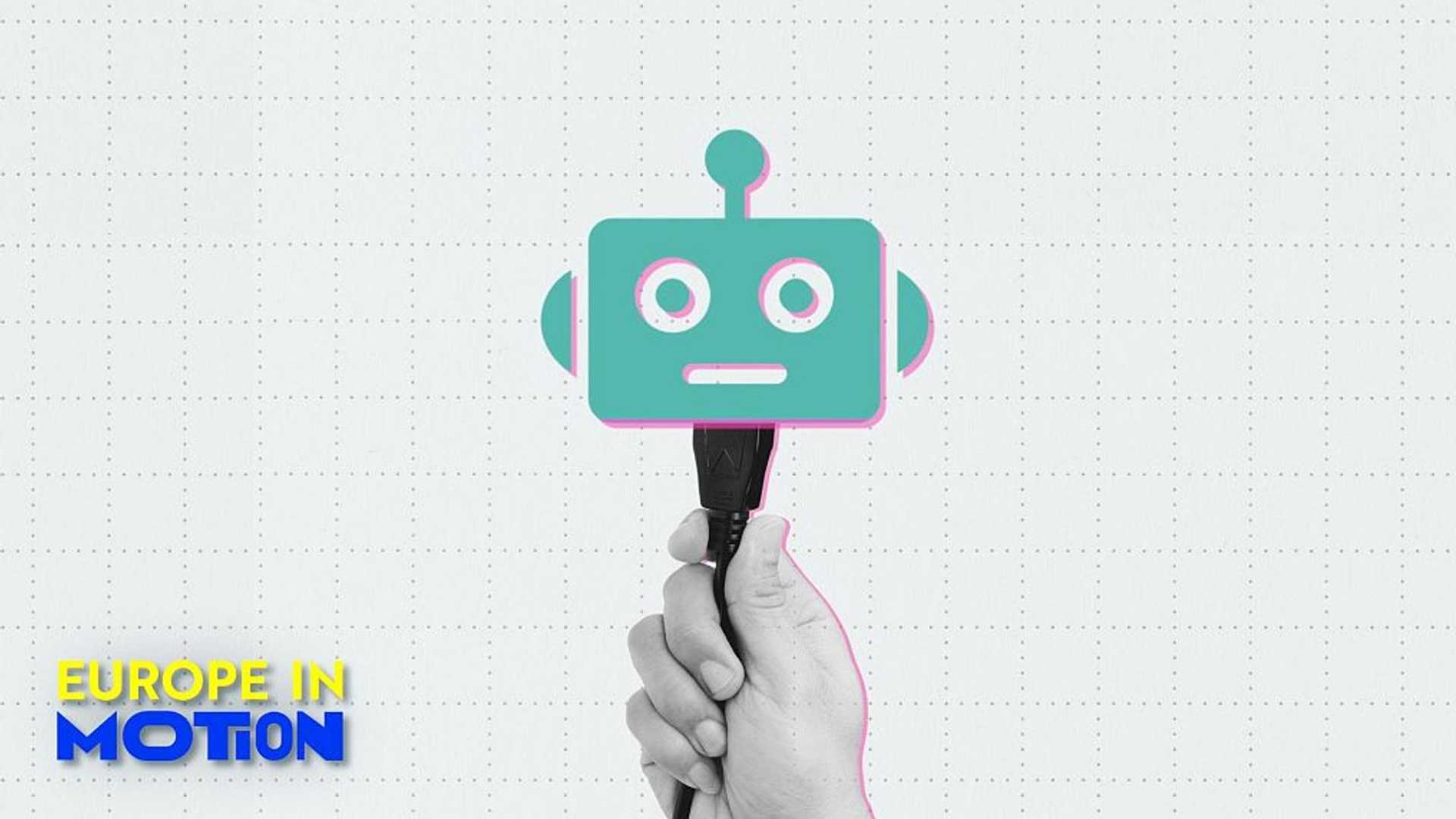ChatGPT, Deepseek & Co: How much energy do AI-powered systems consume?
ChatGPT questions are estimated to consume around 10 times more electricity than traditional Google searches. According to the Electric Power Research Institute, a ChatGPT request utilizes 2.9 watt-hours, while traditional Google queries use about 0.3 watt-hours each. With approximately 9 billion daily searches, this translates to an additional demand of nearly 10 TWh of electricity per year.
The AI industry heavily relies on data centers for training and operating its models, leading to a surge in energy demand and contributing to global greenhouse gas emissions. Microsoft has reported a nearly 30% increase in CO2 emissions since 2020 due to data center expansions, while Google's global greenhouse gas emissions in 2023 were almost 50% higher than in 2019, primarily due to energy demand from data centers.
Data Centers in Europe
Currently, there exist over 8,000 data centers globally, with around 16% of these located in Europe. The majority of these centers are concentrated in financial hubs like Frankfurt, London, Amsterdam, Paris, and Dublin. It is projected that electricity consumption in the data center sector in the European Union will reach almost 150 TWh by 2026, as estimated by the International Energy Agency (IEA).

In 2022, electricity demand from data centers in Ireland was 5.3 TWh, representing 17% of the country's total electricity consumption, equivalent to that of all urban residential buildings. If the use of AI applications continues to expand, the sector could account for 32% of the total electricity demand in Ireland by 2026.
Data Centers in Denmark and Nordic Countries
Denmark hosts 34 data centers, half of which are situated in Copenhagen. Similar to Ireland, Denmark's total electricity demand is expected to increase due to the expansion of the data center sector, reaching 6 TWh by 2026, close to 20% of the country's electricity demand.

Nordic countries like Sweden, Norway, and Finland benefit from lower electricity costs attributed to reduced cooling demands because of colder weather. Among Nordic nations, Sweden has the largest presence with 60 data centers, half of them located in Stockholm.
Artificial Intelligence and Energy Consumption Trends
The AI sector's energy consumption is currently a fraction of the total technology sector's power usage, estimated to be around 2 to 3% of global emissions. However, this percentage is expected to rise as more companies, governments, and organizations employ AI to enhance efficiency and productivity in their operations.
The energy use by artificial intelligence is a significant concern as it contributes to greenhouse gas emissions and strains the existing energy infrastructure. As the AI industry continues to evolve and expand, it is crucial to find sustainable solutions to mitigate its environmental impact.
Related Articles
AI showdown! Alibaba claims its new model beats DeepSeek and ChatGPT

Zuckerberg's Meta to release direct competitor to OpenAI's ChatGPT
AI technology presents both opportunities and challenges as we navigate its impact on energy consumption and environmental sustainability. With the right strategies and innovations, it's possible to harness the power of AI while minimizing its carbon footprint.




















